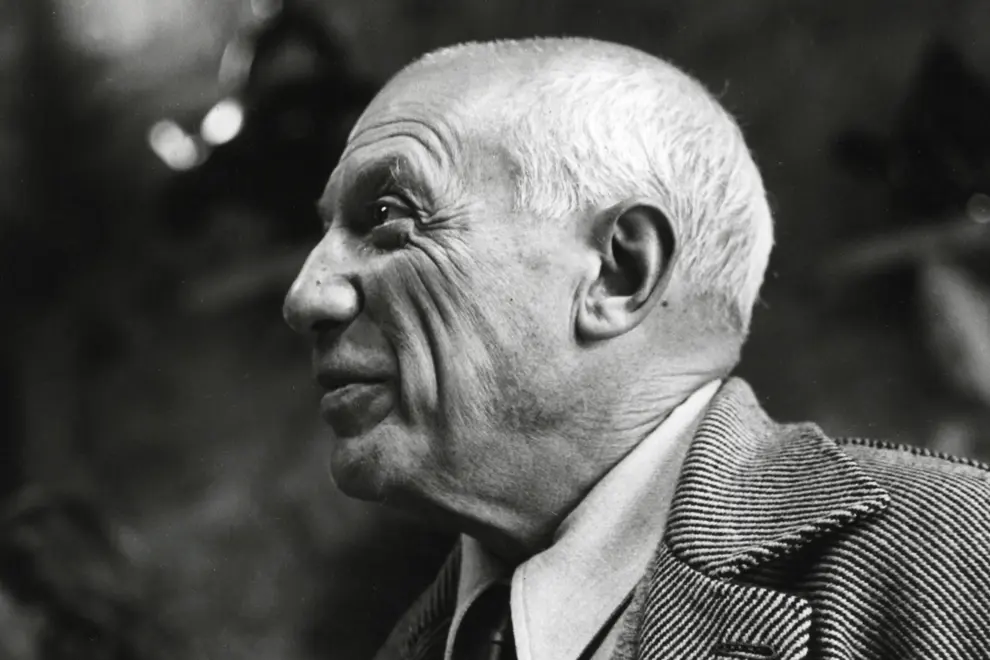A new era of art and business | What added value does the brand authorization business create?

Picasso, Pablo, 25.10.1881 – 8.4.1973, Spanish painter & sculptor, portrait, side view, 1963 Copyright©INTERFOTO
Art is evolving from being simply an object of appreciation to an asset with business value.
Art brand authorization (utilizing official licenses) plays a central role in this evolution.
Merchandising and collaborations utilizing the brands of world-famous artists such as Picasso bring new value to companies and provide unique experiences to consumers.
This article explains the potential of art and business through an overview of brand authorization projects, case studies, and success stories.
1. What is Brand Authorization?
Brand authorization refers to officially obtaining the rights to commercially use a specific work of art, artist name, or design.
This allows companies to develop products and services using art brands, and consumers can purchase with confidence that they are officially licensed products.
The benefits of authorization are as follows:
- Improved Brand Power: Using the name of a world-renowned artist earns you high credibility and buzz.
- Differentiation Strategy: You can develop unique products that set you apart from your competitors.
- Avoiding Legal Risks: Prevent copyright infringement through unauthorized use.
2. Examples of Art Brand Licensing
① Picasso Art × Fashion Brand
Scarves and bags featuring Picasso paintings were commercialized in collaboration with a European luxury brand.
The designs, utilizing the colors and touches of original art, became a hot topic, and the limited collection sold out immediately.
② Expansion of Official Museum Merchandise
Famous art museums are leveraging the authorization of artists’ works in their collections to develop posters, accessories, and home decor products.
These products are popular not only with art lovers but also with tourists, creating a new source of revenue for museums.
③ Art × Technology Company Collaboration
IT manufacturers are using modern art designs, including those by Picasso, on smart device cases and wallpapers.
The new lifestyle proposal of “carrying art with you” became a hot topic on social media, strengthening brand awareness among young people.
3. Brand Authorization Success Stories
Case 1: A jewelry brand using Picasso art
A French jewelry brand has obtained an official license from the Picasso Foundation.
They are selling limited edition pendants and rings featuring Picasso’s signature abstract paintings.
Despite their high price range, they have attracted attention from art collectors and fashion lovers around the world, and in their first year, annual sales increased by 200% compared to the previous year.
Case 2: Using art in educational apps
An educational content company developed an art learning app for children, offering puzzles and coloring games using famous paintings by artists such as Picasso.
By obtaining an official license, the app was able to overcome intellectual property rights issues while also reassuring parents.
The number of app downloads exceeded one million in six months, and the app was successfully expanded overseas.
Case 3: Collaborative packaging with beverage manufacturers
A European beverage manufacturer created a wine label featuring Picasso’s “Blue Period.”
It was sold as a limited-edition collaborative product in conjunction with art events and exhibitions.
By creating a premium feel, it sold out immediately after release and has become a collector’s item, traded on the secondary market.
4. Added value created by the brand authorization business
① Integrating Cultural Values
→ The story and history of art add depth to your products
② Maximizing Marketing Effectiveness
→ Art collaborations look great on social media, directly increasing brand awareness
③ Breaking Away from Price Competition
→ Increased uniqueness allows for premium pricing
④ Ease of Global Expansion
→ Global art brands function as a common language across borders.
Summary
The fusion of art and business is not just about utilizing design; it can also be a strategy that dramatically enhances brand value.
Through the brand authorization business, companies can balance cultural and commercial value and provide consumers with an experience that brings art closer to them.
In the future, the use of digital technology and NFTs is expected to further diversify the business development of art brands.
